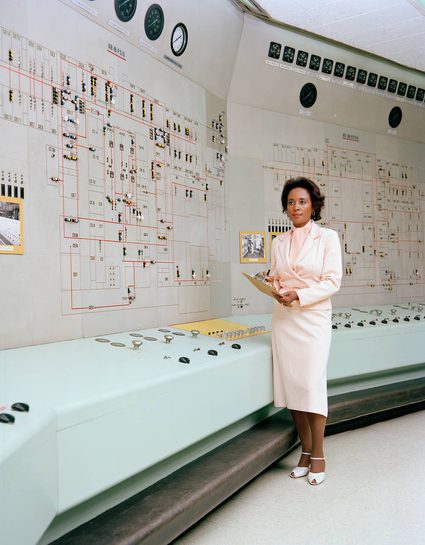The 'human computer'
Annie Easley (1933-2011)
Annie Easley was a computer scientist, mathematician and rocket scientist, and one of the first Black Americans to work at NASA.
Easley's mother had told her daughter that she could be anything – but she would have to work at it. With segregation prevalent at the time, educational opportunities were limited. But Easely did well at school, and was a high achiever academically.
In 1955, Easley read a story in an Ohio newspaper about twin sisters who worked for the National Advisory Committee for Aeronautics (NACA) as "human computers". She applied for a job the next day, and was hired two weeks later – one of just four Black Americans out of about 2,500 employees.

From NASA's website:
"Annie Easley began her career at NASA, then the National Advisory Committee for Aeronautics (NACA), as a human computer performing complex mathematical calculations.
When human computers were replaced by machines, Easley evolved
along with the technology. She became an adept computer programmer,
using languages like the Formula Translating System (Fortran) to support
a number of NASA’s programs. She developed and implemented code used in
researching energy-conversion systems, analyzing alternative power
technology—including the battery technology that was used for early
hybrid vehicles, as well as for the Centaur upper-stage rocket.
Her contributions to the Centaur project framed the technological foundation for launching future satellites and space vehicles, including the 1997 launch of Cassini to Saturn.
Later in her career at NASA, she took on the additional role of Equal Employment Opportunity Counselor. In this role she helped supervisors address issues of gender, race, and age in discrimination complaints at the lowest level and in the most cooperative way possible.
Annie Easley retired in 1989 after 34 years with NASA."
Easley was posthumously inducted into the NASA Glenn Research Hall of Fame in 2015. And in 2021, the International Astronomical Union named a crater on the moon after her.
Further reading about Annie Easley:
Five Facts about rocket scientist, Annie Easley
Annie Easley profile on the Stemettes website
Not specifically related to Annie Easley but Coding Black Females is a nonprofit organisation, providing opportunities for Black female
developers to develop themselves, meet familiar faces, network, receive
support and build relationships
